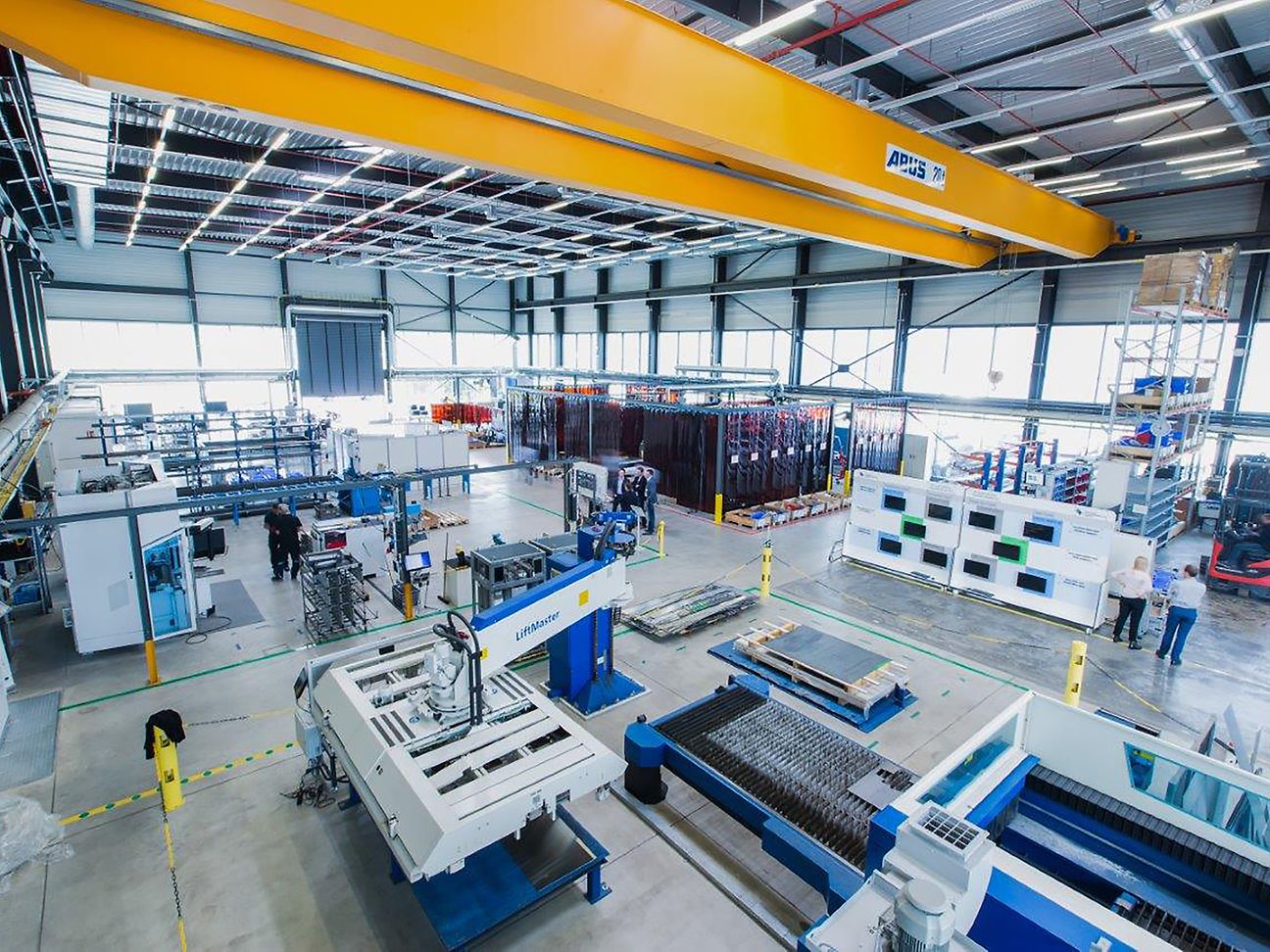

- Partners build 5G standalone private Campus Network at the Center Connected Industry
- 5G standalone technology supports requirements of advanced industrial use cases
Today Deutsche Telekom and Ericsson have switched on the first 5G standalone private network at the Center Connected Industry (CCI) at RWTH Aachen Campus. Together with other CCI members, the partners are working on new solutions for the factory of the future
“5G networks are particularly suited to industrial uses with demanding performance requirements,” says Antje Williams, SVP 5G Campus Networks, Deutsche Telekom. “To prepare a complete solution around 5G private networks, it is essential now to have testfields where our ecosystems partners, customers and device builders, can test their critical applications to ensure their success.”
The end to end private network system is based on Ericsson‘s 5G standalone technology running in Deutsche Telekom’s 5G spectrum. The network is currently built as an indoor solution integrated with an autonomous logistics device to demonstrate possible industry use cases.
Center Connected Industry (CCI)
The CCI comprises of scientific institutions and industrial companies of many sizes and branches. Connectivity will be a key enabler to support industrial use cases and customers’ needs. Deutsche Telekom and Ericsson already set-up a dual slice campus network based on LTE last year.
The collaboration in the CCI is focusing on the identification and development of new solutions and applications with the potential to increase productivity in customers’ industrial environment. Based on the use case requirements and specifications of customers, solution prototypes are being jointly tested and implemented in the CCI campus environment until they are ready for production. For this, the production environment of the customer can be simulated, thus enabling the efficient transfer of new solutions into the customers operations.
5G SA Campus Networks
The 5G standalone private network provides dedicated connectivity on the campus area, as it is completely independent from the public network. The network server, standalone core and radio system are all located on the campus. Therefore, the data in the private network never leaves the campus area.
The 5G standalone architecture is best suited to support mission-critical applications that require an ultra-short response time. In the 5G standard these applications are described as uRLLC applications. The abbreviation stands for "Ultra-Reliable and Low-Latency Communication". It describes extremely time-critical applications with the lowest latency time of e.g. only 1 millisecond. These are services that require the shortest response times and must not fail.
After an initial trialing phase at the CCI campus Ericsson and Telekom will prepare first deployments for evaluations on customer sites later this year.
About Deutsche Telekom: Deutsche Telekom at a glance


